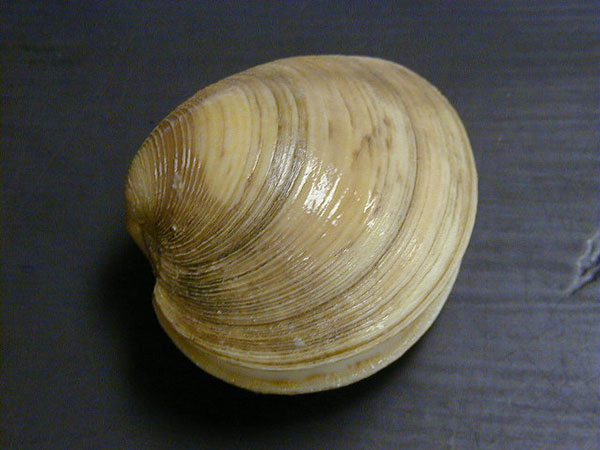
Farming Clams:
Step by Step Method for Growing Clams
One of the most safe and productive methods of aquaculture, which provides the world with 70% of the seafood you see in the market, is clam farming. Because clams (and oysters) do not release waste, there is little chance of bacteria growth and naturally occurring disasters like there are with fish. So how are these shellfish grown?
First, it begins at the hatchery. Tiny clam larvae are placed in down-welling silo buckets on fine mesh screens to begin the process. They are transferred to up-welling buckets, allowing for algae rich water to flow upwards as a constant feed for the juvenile clams. They grow very rapidly in this stage and once they are big enough, they are transferred to mesh trays in the hatchery’s bay, sitting in nursery rafts.
In the rafts, the clams are stacked to allow for growth without needing to raise food in the hatchery for them. When they reach about the size of a fingernail, they are shipped to clam farms or growing sites. In the farms, there are squares of mesh or small hole chicken wire in the sand bar area of estuaries and protected coastal coves. The clam seeds are sprinkled over the mesh so they can find their own way into the sand, the mesh protecting them from predators.
When they reach market size, they are dug up and bagged to be shipped off for consumers!
Clam farm owners have many regulations that they must follow, even before they begin their farm. They need to acquire an aquaculture license, lease an approved farming area and mark it off with the proper PVC piping and signage. There are also regulations for boat requirements to protect the clams so they do not become contaminated by fuel, human waste or janimals (such as a pet dog or cat).
The system is well monitored which allows us to reap the benefits of delicious clams all year round without worry. Pick some up today for your favorite clam dish! Linguine and white clam sauce anyone?



Follow Us!